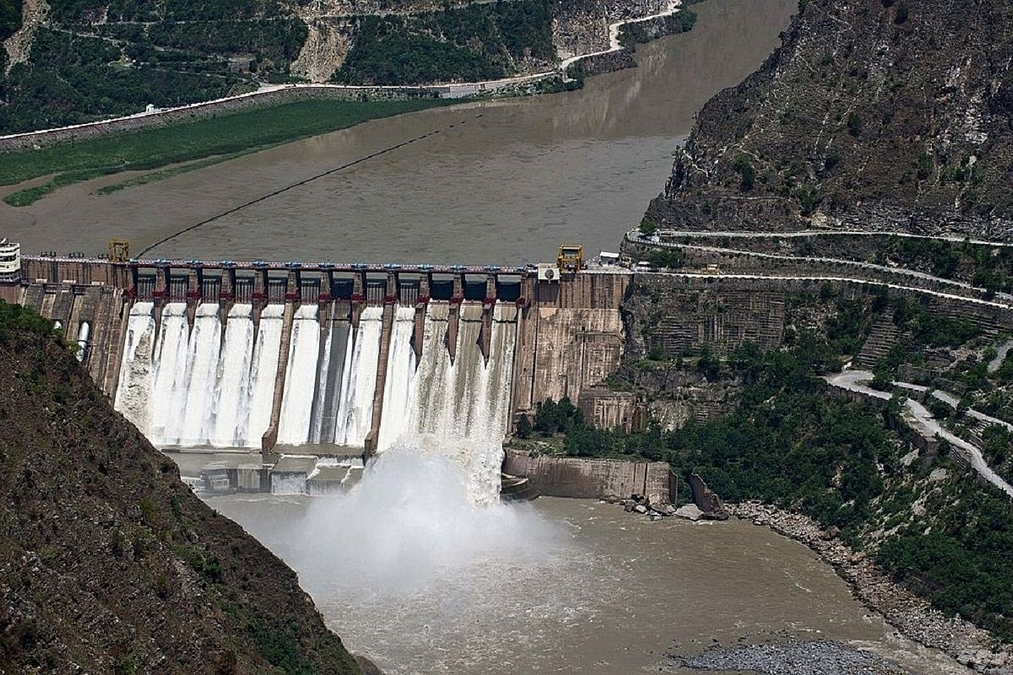In a landmark decision, the Union Cabinet has approved the construction of 13 major dams in Arunachal Pradesh, aiming to generate a substantial 12,723 megawatts (MW) of electricity. This ambitious project is set to transform the energy landscape of the region, contributing significantly to India’s renewable energy goals and economic development.
Overview of the Project
The approved dams will be constructed on key rivers and sub-rivers in Arunachal Pradesh, including the Siang, Subansiri, and Jia Bharali, many of which flow into Assam. This initiative is part of a broader strategy to harness the hydroelectric potential of the northeastern states, which are rich in water resources.
Objectives and Goals of construction of 13 major dams in Arunachal Pradesh
The primary objectives of constructing these dams are:
- Enhancing Energy Production: To generate 12,723 MW of electricity, contributing to India’s renewable energy capacity.
- Economic Development: To boost the local economy through job creation and infrastructure development.
- Sustainable Growth: To support India’s commitment to reducing carbon emissions and achieving net-zero targets.
Key Features of the Project
- Strategic Locations: The dams will be strategically located on major rivers such as the Siang, Subansiri, and Jia Bharali. Notable projects include:
- Subansiri Upper Dam: Expected to generate 2,000 MW.
- Subansiri Middle Dam: Targeting 1,800 MW.
- Kalai-II Dam on Lohit River: Aiming for 1,200 MW.
- Etalin Dam: Set to produce 3,097 MW.
- Investment and Employment: The project is expected to attract an investment of approximately ₹1.26 lakh crores, creating significant employment opportunities in the region.
- Environmental Considerations: While the project promises economic benefits, it also raises environmental concerns. Measures will be taken to mitigate the impact on local ecosystems and communities.
Impact on Local Communities
The construction of these dams is anticipated to have a profound impact on local communities in Arunachal Pradesh:
- Job Creation: The project will generate numerous jobs, both during the construction phase and in the long-term operation of the dams.
- Infrastructure Development: Improved infrastructure, including roads and bridges, will benefit local communities.
- Economic Upliftment: Increased economic activity will boost local businesses and improve living standards.
Environmental and Social Concerns
Despite the potential benefits, the project has raised several environmental and social concerns:
- Biodiversity Impact: The construction of dams can disrupt local ecosystems and affect biodiversity, particularly in sensitive areas like the Siang and Subansiri rivers.
- Displacement of Communities: Local communities may face displacement due to the construction activities, necessitating comprehensive resettlement and rehabilitation plans.
- Water Flow Alteration: Changes in water flow can impact downstream regions, affecting agriculture and fisheries.
Government’s Mitigation Measures
To address these concerns, the government has outlined several mitigation measures:
- Environmental Impact Assessments (EIA): Comprehensive EIAs will be conducted to assess and mitigate the environmental impact of the projects.
- Community Engagement: The government will engage with local communities to ensure their concerns are addressed and to facilitate smooth resettlement processes.
- Sustainable Practices: Adoption of sustainable construction practices to minimize environmental damage.
Future Prospects
The successful implementation of these projects will significantly enhance India’s hydroelectric capacity, contributing to the national grid and supporting the country’s renewable energy targets. Additionally, the projects will serve as a model for sustainable development in other regions with similar hydroelectric potential.
Conclusion
The approval of 13 major dams in Arunachal Pradesh marks a significant step towards harnessing the state’s hydroelectric potential. While the project promises substantial economic and energy benefits, it also necessitates careful consideration of environmental and social impacts. Through comprehensive planning and sustainable practices, the government aims to balance development with conservation, ensuring long-term benefits for the region and the country.
Related Reading: Check out the latest news here!
FAQs
What is the objective of constructing 13 major dams in Arunachal Pradesh?
The primary objectives are to generate 12,723 MW of electricity, boost the local economy, and support India’s renewable energy goals.
Which rivers will the dams be constructed on?
The dams will be constructed on key rivers and sub-rivers, including the Siang, Subansiri, and Jia Bharali.
What are the expected economic benefits of the project?
The project is expected to attract an investment of approximately ₹1.26 lakh crores and create significant employment opportunities.
What environmental concerns are associated with the project?
Key concerns include the impact on biodiversity, displacement of local communities, and alteration of water flow.
How does the government plan to mitigate these environmental concerns?
The government plans to conduct comprehensive environmental impact assessments, engage with local communities, and adopt sustainable construction practices.











